
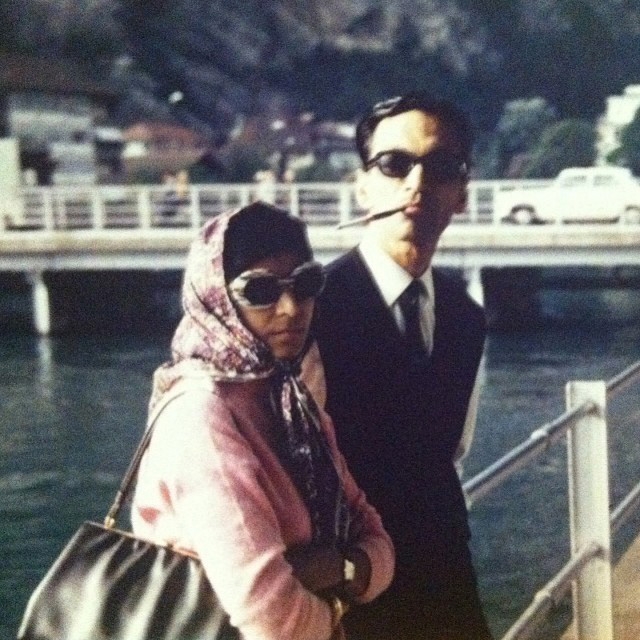
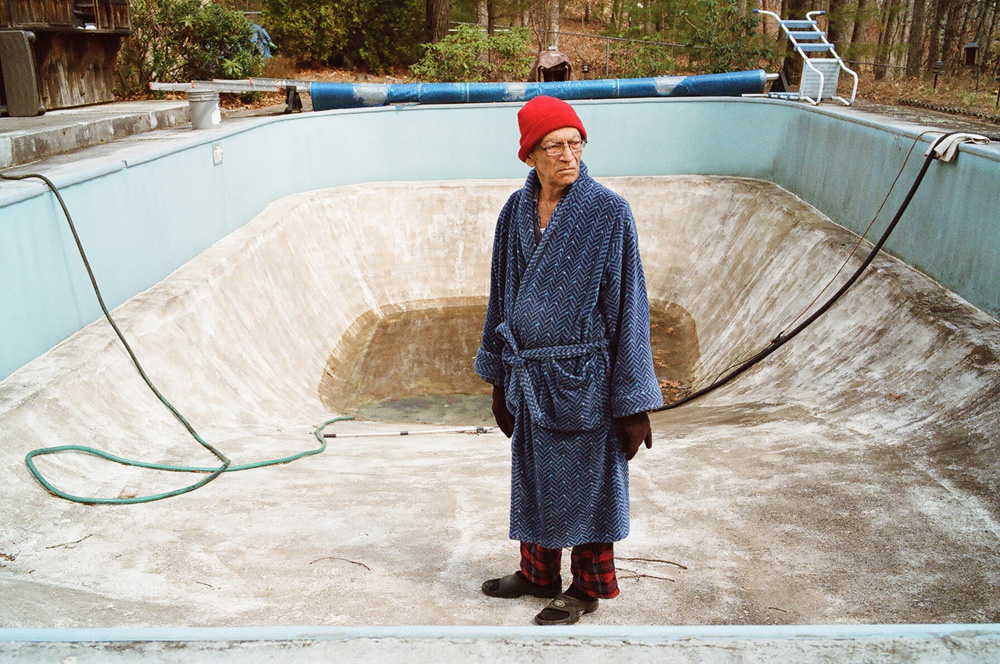


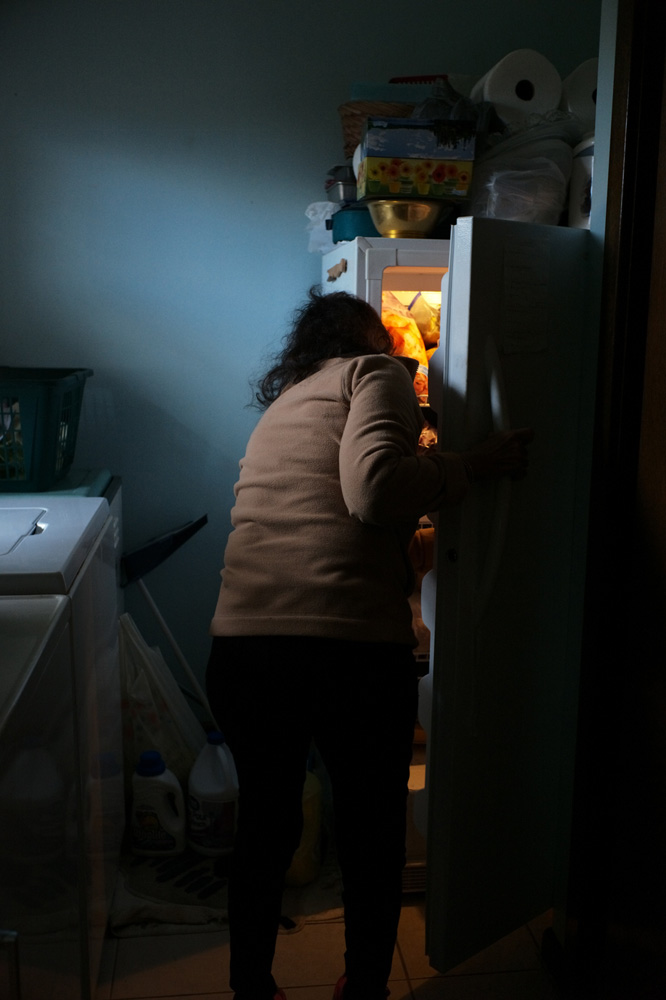
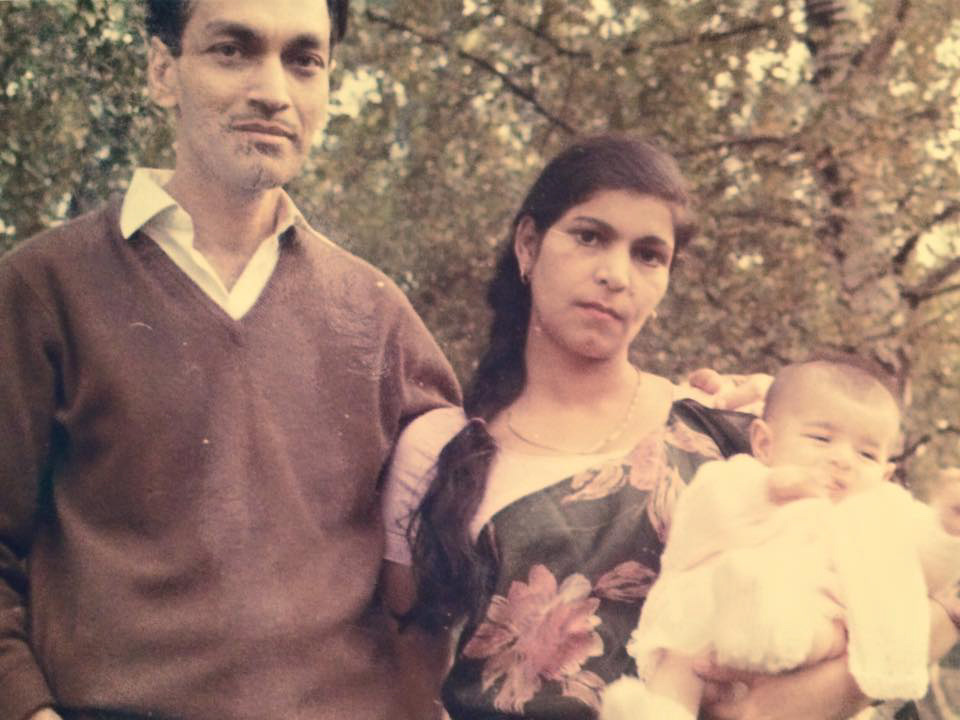
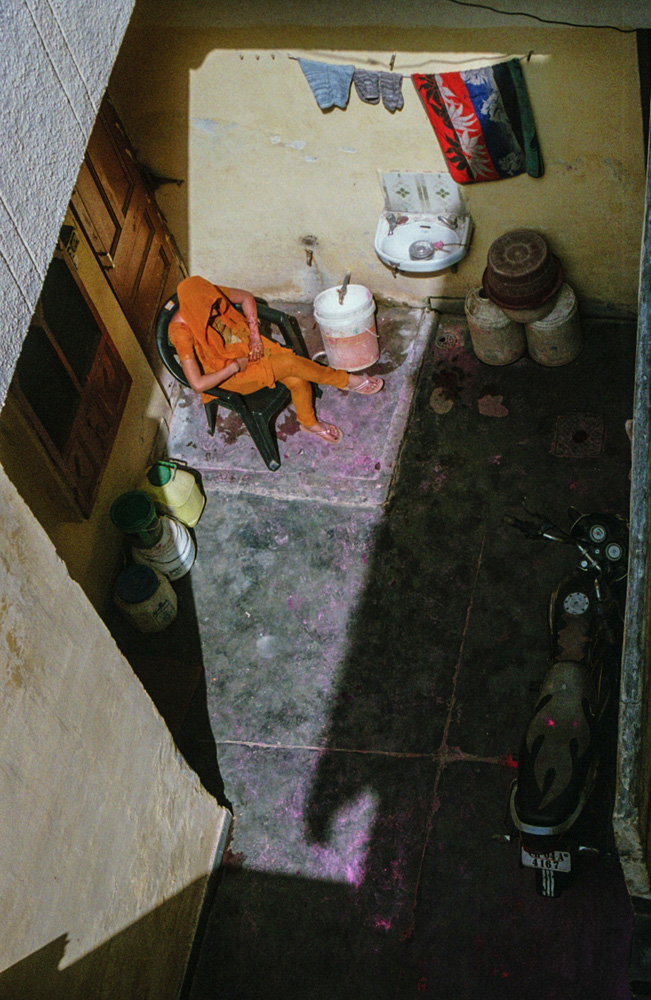
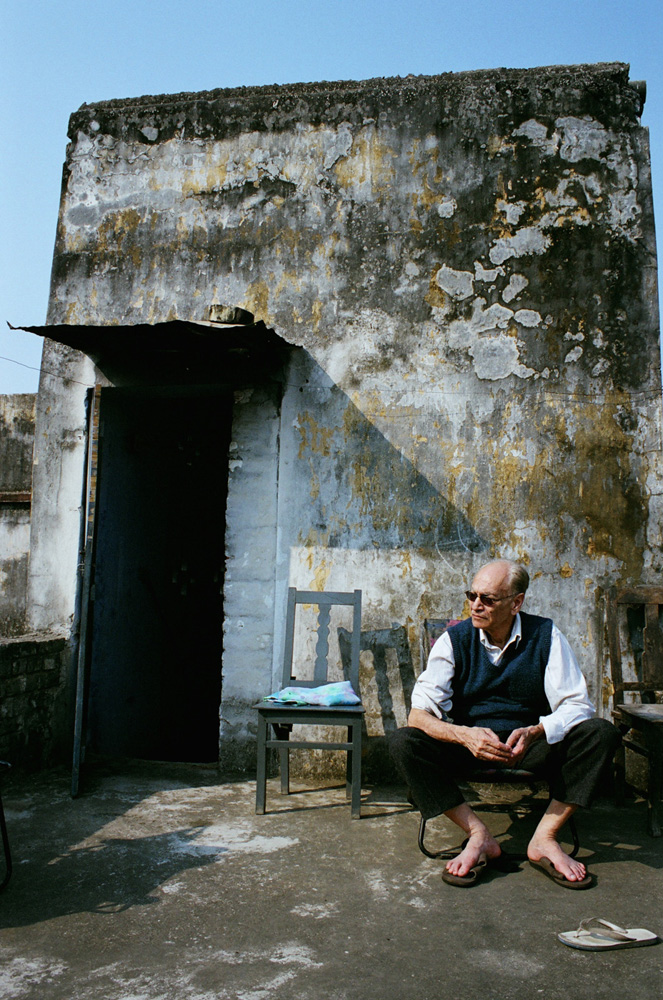

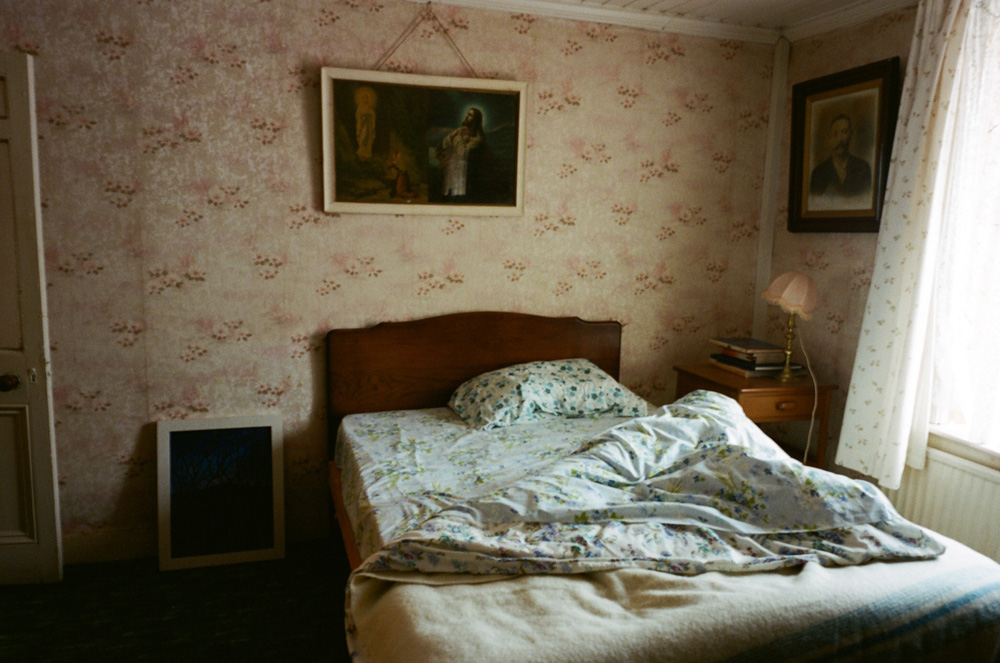

PROJECT DEVELOPMENT: Artist's Statement
First Place: Vikesh Kapoor
See You At Home
“See You At Home” is an ongoing personal narrative exploring the latent sense of loss from one’s heritage while aging as an immigrant in a non-native culture. My parents, Shailendra and Sarla Kapoor, emigrated from India in 1977, settling in a small town of 10,000 people in rural Pennsylvania. They are one of only few immigrant families in the region. Although they left India for a better life, like many immigrants from the East, the shift from a collectivist nation to an individualistic one led to isolation just as much as it led to freedom. As they grow old in Pennsylvania with both my sister and I no longer living there, my parents’ isolation only becomes more apparent to me, despite their successes in pursuit of the American Dream. ‘See You At Home’ explores this dichotomy using images of their current life in America imbued with memories of life back in India.

PROJECT DEVELOPMENT: Juror's Statement
Leslie Ureña
Associate Curator of Photographs, National Portrait Gallery, Smithsonian
The hundreds of entries of the 2018 Project Development Grant tackled a broad range of topics, including issues affecting LGBTQ communities, immigrants, refugees, and the environment, from a local to a global scale. Photographers were also attentive to photographic processes, sometimes merging old and new technologies that are integral to the understanding and success of their projects.
Given the richness and diversity of the entries, making a final decision was certainly not easy. Each time I was convinced I had found my top choice, I came upon yet another absorbing project. Throughout, however, I considered not only how visually enticing each work was, but also how well each project told a story.
I was drawn to this project because it sensitively addresses and intertwines the themes of migration and aging. The photographs of the past and present, when presented together, bring to the fore the impact of displacement, even when it is by choice. “Home,” in the end, is both spatially and temporally unstable.

